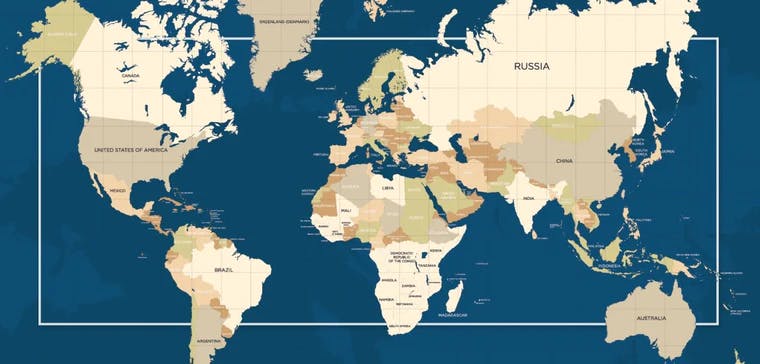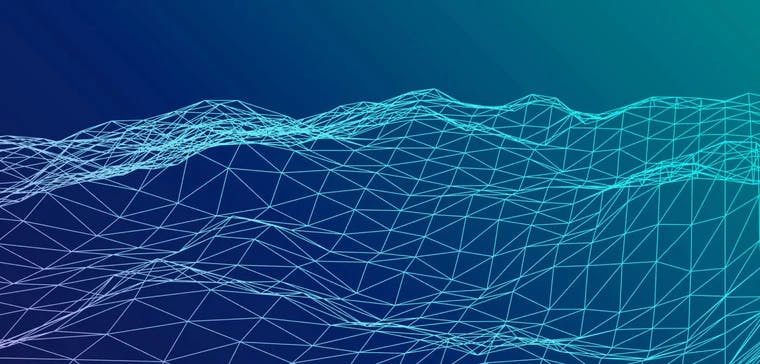GIS
Why Cartography still matters

Liked what you read?

Subscribe to our monthly newsletter to receive the latest blogs, news and updates.
Contents
What is Cartography?
Maps have been the cornerstone upon which the world was discovered. Since ancient times, explorers have always relied on maps to discover and rediscover the world. Cartography is the art and science of designing, creating and reading maps. It takes a geographical area or location and puts it onto a 2 or 3 dimensional space.
It comes as no surprise that the central theme of cartography is location. Location of things and location of things in relation to other things. Other than location there are several other factors and considerations when it comes to cartography, such as the scale, coverage and source. We will talk a bit more about sources in the next section.
Evolution of Cartography
Map making has come a long way. The journey from a simple treasure to highly detailed live maps has been quite eventful. To understand the evolution of cartography, one must simply ask one question. What are maps used for? Or rather what were maps used for earlier and what are they used for now?
Back in the day, maps were used primarily for navigational purposes, to reach from point A to point B. But in recent times new technologies have surfaced, we started realizing that there is a lot more to maps than just navigation. Mapping has been deployed for powerful applications such as disaster management, environment monitoring and location intelligence based marketing.
Digital Cartography
Cartographers need to keep their end users in mind. The customer evolves and the product evolves along with it. Maps are hardly viewed on physical papers like they used to in olden times, but rather digitally in handheld and computer devices.
While the fundamental principles of cartography have stood the test of time, the sources, approach and technology have definitely changed. Digital cartography has a lot to do with data capture, manipulation and image processing.
Instead of manual field surveys, cartographers rely on high resolution aerial imagery, GPS, sensors and satellites. These new sources have allowed the creation of highly detailed digital maps.
To take it one step further, the concept of smart maps is also growing in popularity where maps are connected with other data sources to improve decision making and surveillance for local governments and other relevant organizations.
A combination of Remote Sensing technology and Geographical Information Systems (GIS) is leading the way for the creation of real-time smart maps that can be put to use in a plethora of fields.
Applications of Cartography
The integration is such that you are probably benefiting from digital cartography on a daily basis. We’d be surprised if you haven’t at least once in the last 24 hours!
Google maps are one of the most common examples that come to mind. Many of the food delivery apps, cab ordering apps that you use go beyond the basic navigational use of maps. There is almost a 2 way interaction with these live maps.
Digital maps are extremely useful in disaster management as well. Many of the first rescue squads rely on digital maps to identify areas with maximum casualties to provide life support.
These products are also useful to environmentalists that are trying to preserve the environment. A bird’s eye view of the situation always helps.
Conclusion
With all the evolution that has taken place already, cartography still continues to make new strides every day. Maps keep getting more clearer and information keeps getting more real time. The most isolated of places on Earth are under everyone’s radar thanks to modern cartography. And yet, this is not the end, this is just the beginning.
If you create detailed digital maps out of geospatial data and are interested in easily sharing it with the world, then do have a look at our plug-and-play solution that makes sharing geospatial collaboration simpler than ever before. Contact us now!
Take the Ellipsis Drive tour
in less than 2 minutes’
- A step-by-step guide on how to activate your geospatial data.
- Become familiar with our user-friendly interface & design
- View your data integration options

Related Articles

CAD vs GIS - A Comparative Analysis
CAD and GIS are two types of spatial softwares. GIS captures, stores, analyzes and presents spatial information visually. Meanwhile, computer-aided drafting or CAD enables you to design products or in
3 min read

How Can We Use GIS for Environmental Preservation?
The environment is a crucial part of our lives. Our climate is changing, and we are experiencing horrible weather patterns. Crops are dying because we cannot predict the weather. Ice glaciers are melt
5 min read

How Geocoding Can Be the Secret to Selling More Products
The dream of any business is to always be at the top of their customers’ minds, ready to sell to them when they are ready and are willing to buy. Back in the day, this goal was incredibly tough to ach
4 min read
